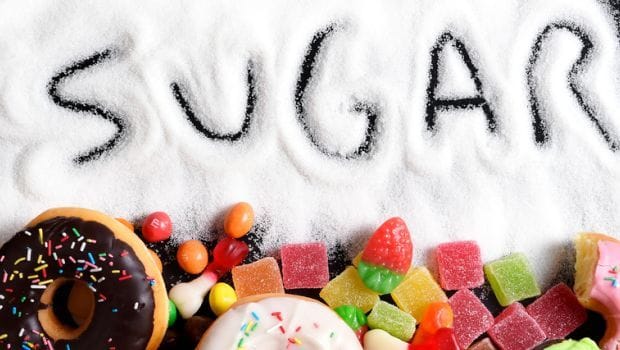Whether you’ve got a sweet tooth or not, sugar is an undeniably an important part of modern life. Sadly most of us are not aware of what it’s made up of, how it’s made or what it offers to the body. So here’s a sneak peek into the world of sugar and jaggery.
It All Starts With Sugarcane…..
While sugarcane and sugar beets are the two most important sugar crops, cane-sugar undoubtedly dominates the world. Speaking of sugar cane, did you know it can be processed to derive either sugar or jaggery? Furthermore, syrups like molasses, golden syrup, treacle, cane syrup and so on can also be made. This article will focus on sugar and jaggery.
FROM SUGARCANE TO SUGAR, JAGGERY AND MORE

Manufacture ….
It may not be the chocolate factory that Charlie visited, but the manufacture of sugar is pretty intense. Massively simplified, the process can be understood as follows:
How do you like your sugar? Brown or white? Well, the sugar obtained in the above process is brown in colour (called brown/turbinado/raw sugar) due to the presence of small amount of molasses. No wonder it has a distinctive taste! But most of us are accustomed to the taste of white sugar for which further processing of washing, filtering, decolourization, recrystallization and drying is done.
Jaggery, on the other hand, is an unrefined sugar product and is occasionally called “non-centrifugal sugar,” because it’s not spun during processing to remove the ‘nutritious’ molasses. The process starts out the same, by extracting the juice. The juice is allowed to stand in large containers so that any sediment settles to the bottom. Thereafter it is strained to produce a clear liquid.
The clear liquid is boiled in large, flat-bottomed pans. During this process, the jaggery is stirred and the impurities are skimmed off the top until only a yellow, dough-like paste remains which on cooling gives jaggery.
The Nutrition Profile…..
Jaggery contains more nutrients than refined/white sugar because of its molasses content. Molasses is rich in vitamins and minerals. This is why brown sugar is considered better than white sugar since the latter is stripped of whatever molasses remains.
Not to forget, loads of chemicals are used during the sugar making processes. For example, the step called ‘clarification’ is done by adding calcium hydroxide and bubbling carbon dioxide through the sugarcane juice. However, clarification in jaggery making process is chemical-free since the juice is just allowed to stand and the clear liquid is strained for use.
And let’s not forget the additional processes in converting raw sugar to white sugar will bring more chemicals into the picture. Molasses is a nutritious by-product of the sugar making process, which is usually removed when making refined sugar. Including the molasses adds a few micronutrients to the final product.
It’s definitely better to substitute jaggery or molasses for sugar but it isn’t wise to binge on these sweeteners either. Remember for any food ingredient, you can get the best of it when used in moderation!







Leave a Comment
You must be logged in to post a comment.